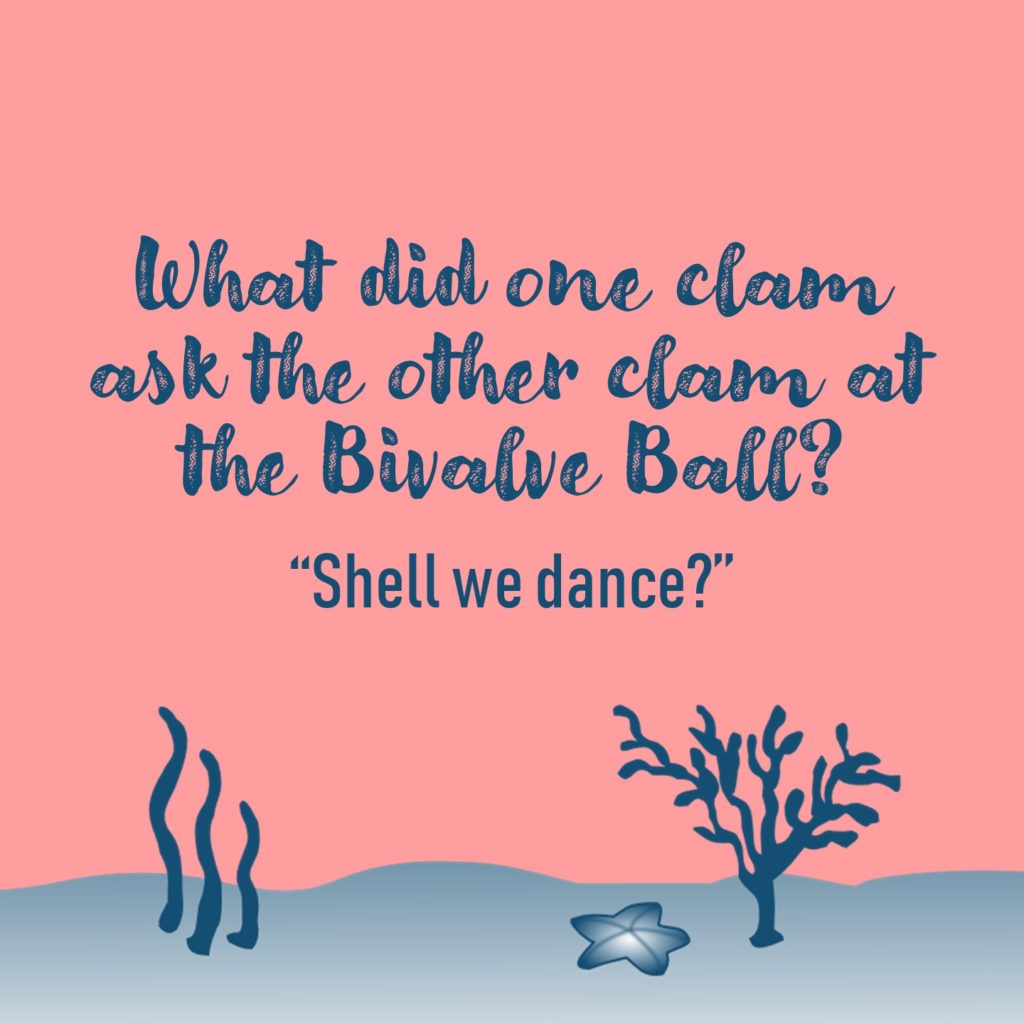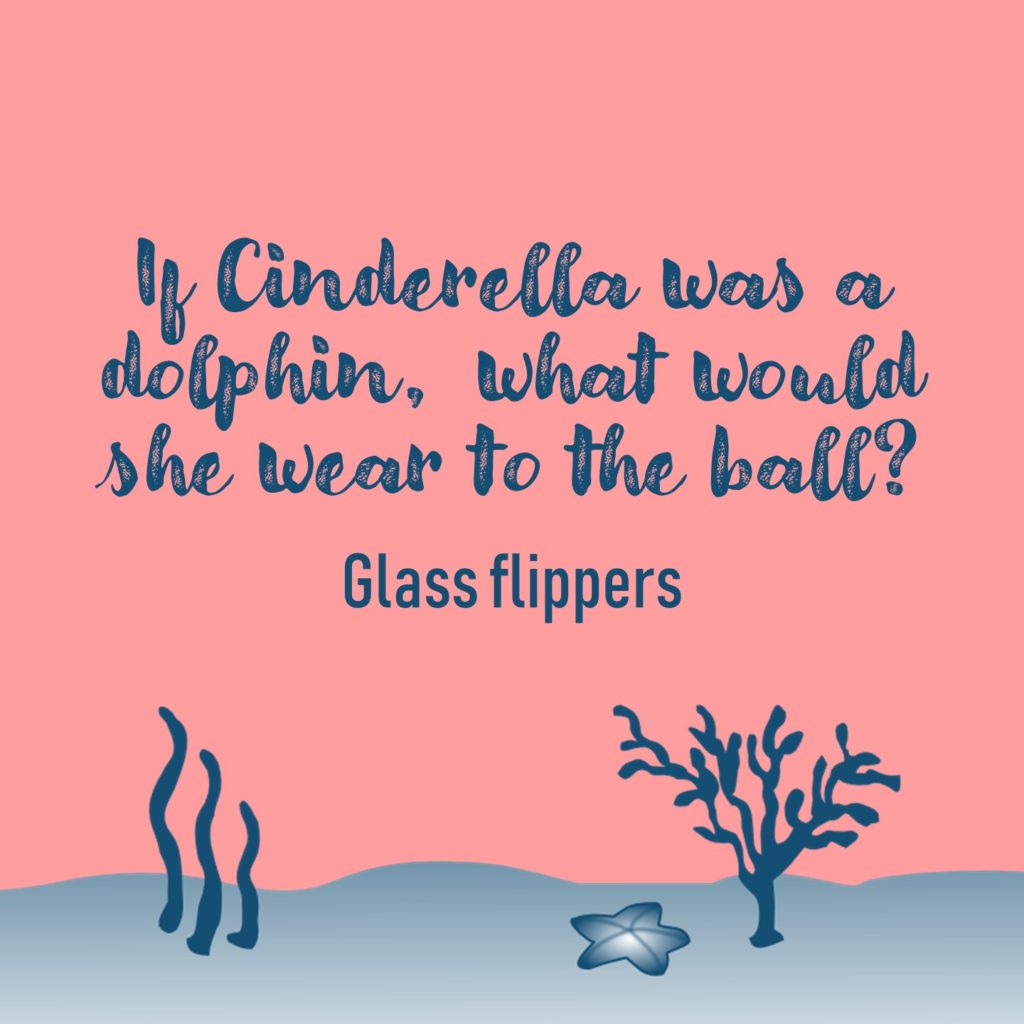How do sea stars eat?
November 18, 2008 by 4 Comments
 First, sea stars grip their prey (e.g., bivalves, such as clams and oysters) with their suction feet and pry them apart to eat the muscle inside the shells. Then, once the bivalve’s shell is open, the stomach of the sea star emerges from the middle of the underside of its star-shaped body to absorb the delicious entrée inside itself. After this happens, the animal is full and not going anywhere soon (e.g., me after Thanksgiving dinner).
First, sea stars grip their prey (e.g., bivalves, such as clams and oysters) with their suction feet and pry them apart to eat the muscle inside the shells. Then, once the bivalve’s shell is open, the stomach of the sea star emerges from the middle of the underside of its star-shaped body to absorb the delicious entrée inside itself. After this happens, the animal is full and not going anywhere soon (e.g., me after Thanksgiving dinner).
A sea star is another common name for starfish. Scientists, and the likes of me, are on a campaign to get people to refer to this echinoderm as the ‘sea star’ instead of a starfish. Since, well, they simply are not fish. Similarly, jellies are not called jellyfish anymore.
Check out this video from the Monterey Bay Aquarium of a sea star chowing down!
Do you have another great question? Email info@beachchairscientist.com and share your thoughts.
What are the tiny colorful clams you find under the sand when digging?
July 23, 2008 by 8 Comments
These tiny colorful clams are commonly known as coquina clams.
Did you see them wriggle under the sand? They use a muscled foot to dig a burrow and hide from their enemies: crabs, sea stars, and snails. They can feed themselves with the muscle coming out of the other end, called a siphon. The siphon basically just sucks in the “vitamins” of the sea for the clam to grow on.
Clams grow very fast in the summer and fairly slow in the winter. You can tell the age of a clam by counting the darker rings. The softer rings are the slow growth of winter. Think how your hair grows longer and faster in the summer.
Did you know that colorful coquina clams are the sign of a healthy beach? Check the video posted here!
Do you have another great question? Email info@beachchairscientist.com and share.













What people are saying …